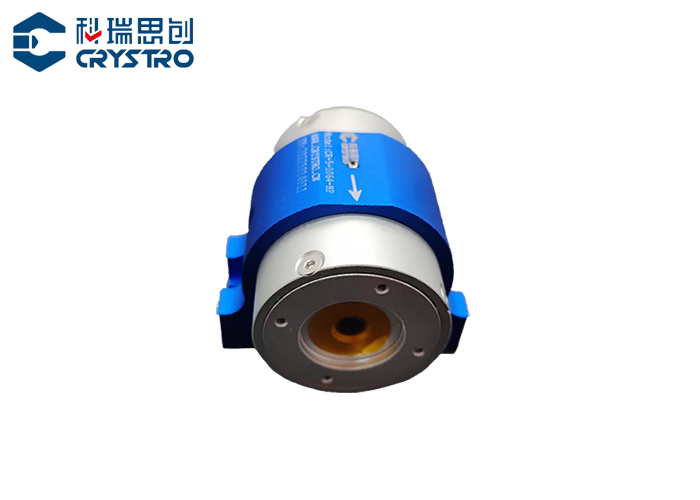Introduction
Faraday rotation is a phenomenon that occurs when polarized light travels through a magnetic field. This effect was first observed by Michael Faraday in 1845 and has since become a critical tool in various fields, including astronomy, physics, and telecommunications. In this article, we will delve into the science behind Faraday rotation, its applications, and its relevance today.
Electromagnetic Waves
Before delving into Faraday rotation, it is essential to understand electromagnetic waves. Electromagnetic waves consist of oscillating electric and magnetic fields perpendicular to each other and to the direction of propagation. These waves travel at the speed of light and include radio waves, microwaves, infrared radiation, visible light, ultraviolet radiation, X-rays, and gamma rays.
Polarization
Polarization refers to the orientation of an electromagnetic wave's electric field. In unpolarized light, the electric field oscillates in all directions perpendicular to the direction of propagation. However, in polarized light, the electric field oscillates in a single plane. Polarization is crucial in various fields, including optics, physics, and telecommunications.
Faraday Rotation
Faraday rotation occurs when polarized light passes through a magnetic field. The magnetic field causes the plane of polarization to rotate, resulting in a change in the orientation of the electric field. The amount of rotation depends on the strength of the magnetic field, the length of the path through the magnetic field, and the wavelength of the light.
Applications in Astronomy
Faraday rotation has significant applications in astronomy, particularly in the study of magnetic fields in space. The rotation of polarized light can reveal information about magnetic fields in galaxies, interstellar media, and even the Sun. By analyzing the rotation angle, astronomers can determine the strength and orientation of magnetic fields and better understand the underlying physical processes.
Applications in Physics
Faraday rotation is also critical in materials science and condensed matter physics. Materials with magnetic properties can exhibit Faraday rotation, allowing for the measurement of magnetic properties such as magnetization and magnetic anisotropy. This technique has been used to study magnetic materials in nanotechnology, spintronics, and magneto-optical data storage.
Applications in Telecommunications
Faraday rotation has practical applications in telecommunications, particularly in fiber-optic communication systems. Polarization-maintaining fibers can minimize the effects of Faraday rotation on transmitted signals, reducing signal distortion and ensuring more stable communication. Faraday rotation can also be used in magnetic field sensing and magnetic field imaging, enabling the detection and analysis of magnetic fields in real-time.
Conclusion
Faraday rotation is a fascinating phenomenon that has significant applications in various scientific and technological fields. From astronomy to telecommunications, Faraday rotation offers a versatile tool for measuring magnetic fields and detecting magnetic properties. As we continue to explore the wonders of the universe and advance our technologies, Faraday rotation will undoubtedly remain a vital tool for understanding the physical world around us.


